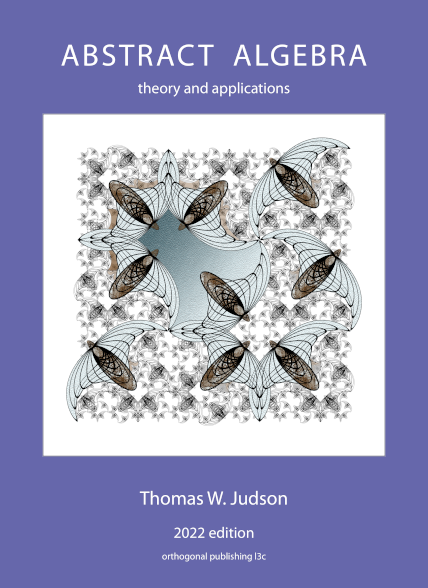Example 17.1.
Suppose that
and
are polynomials in
The product,
can be calculated either by determining the

